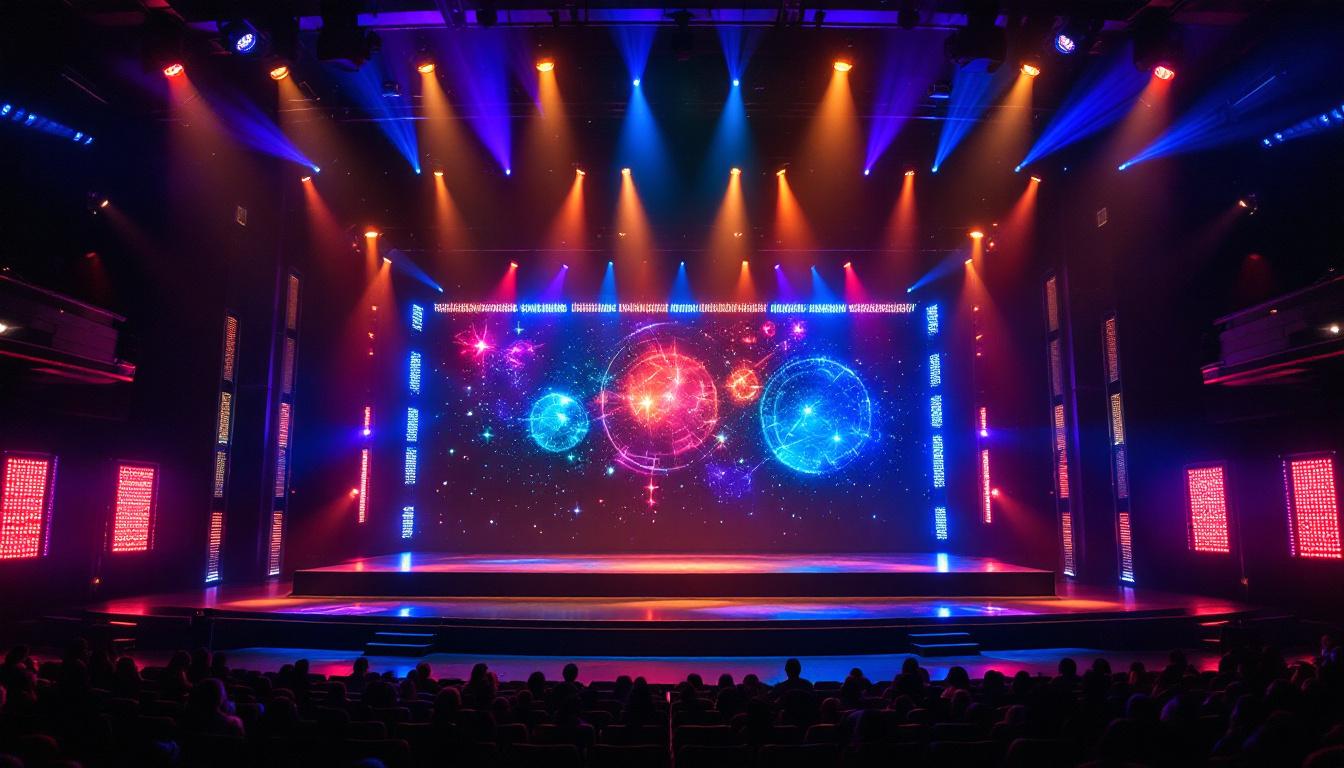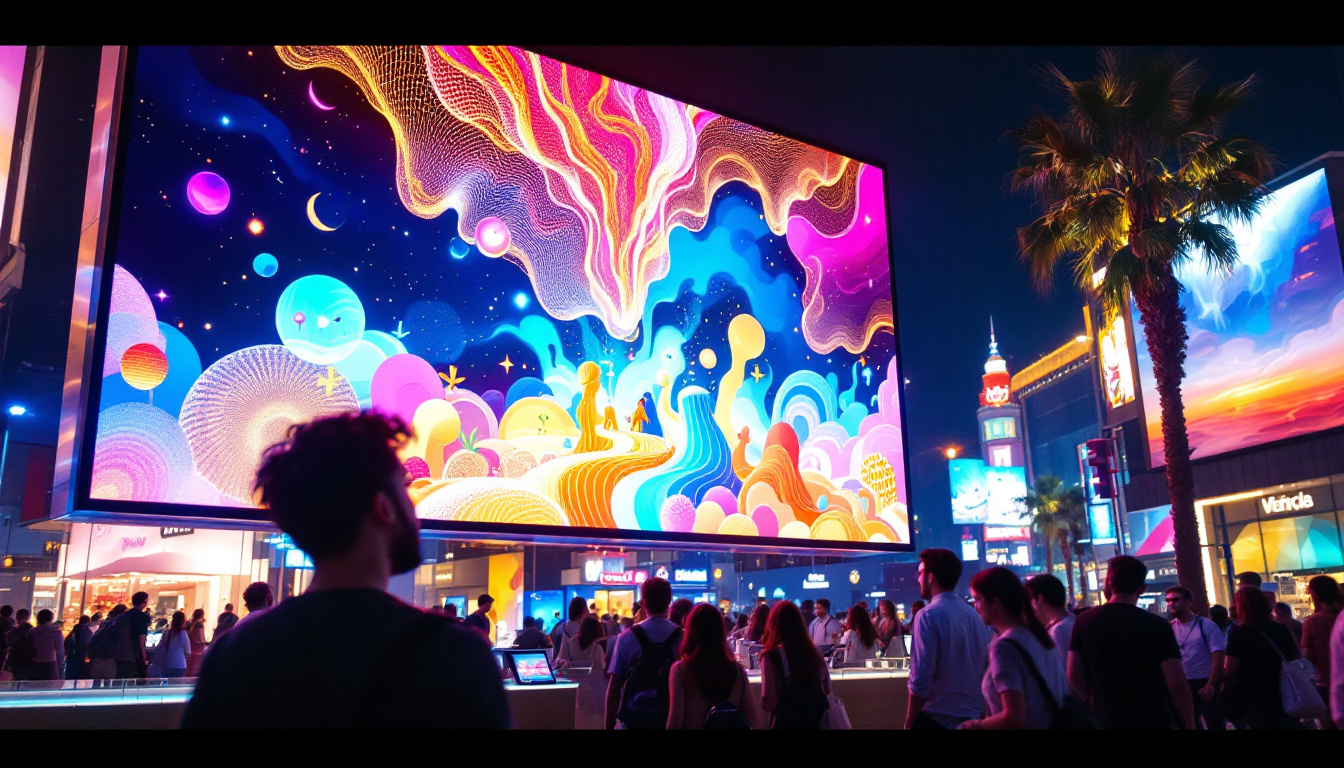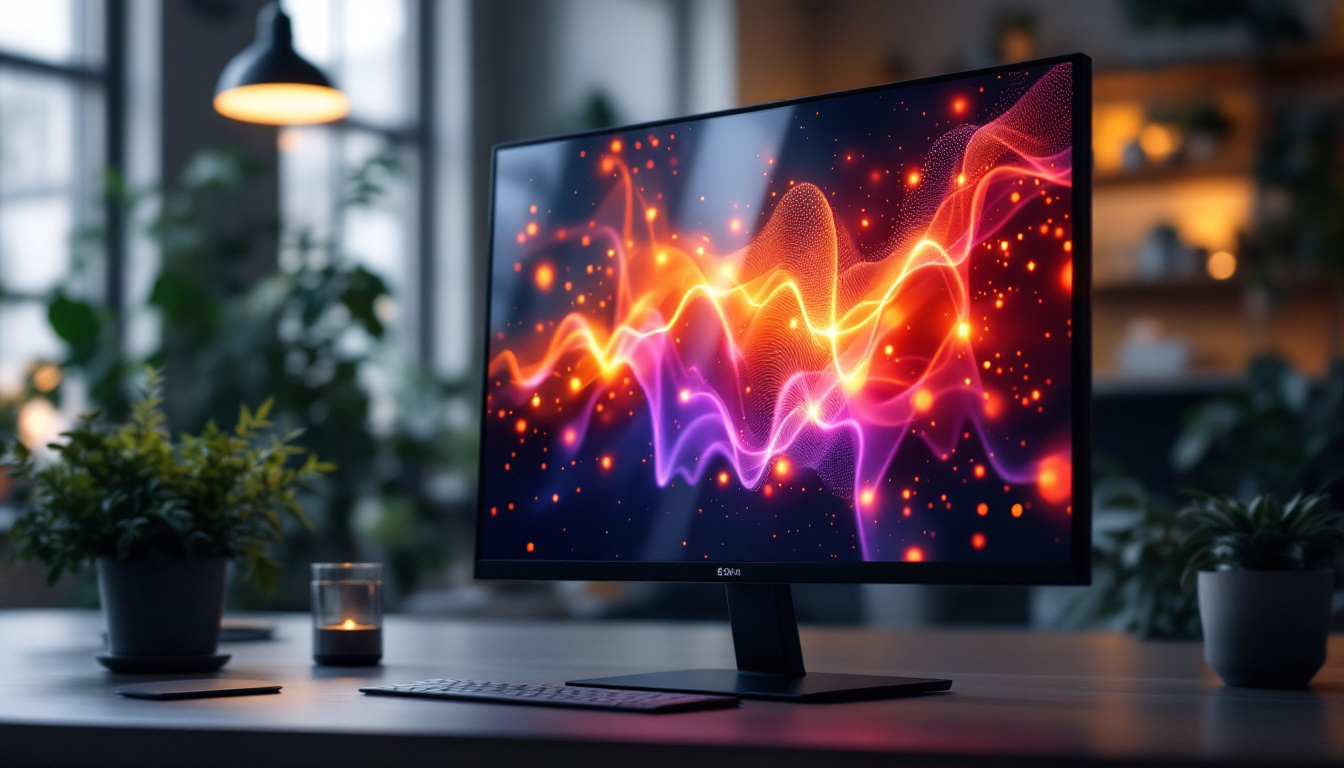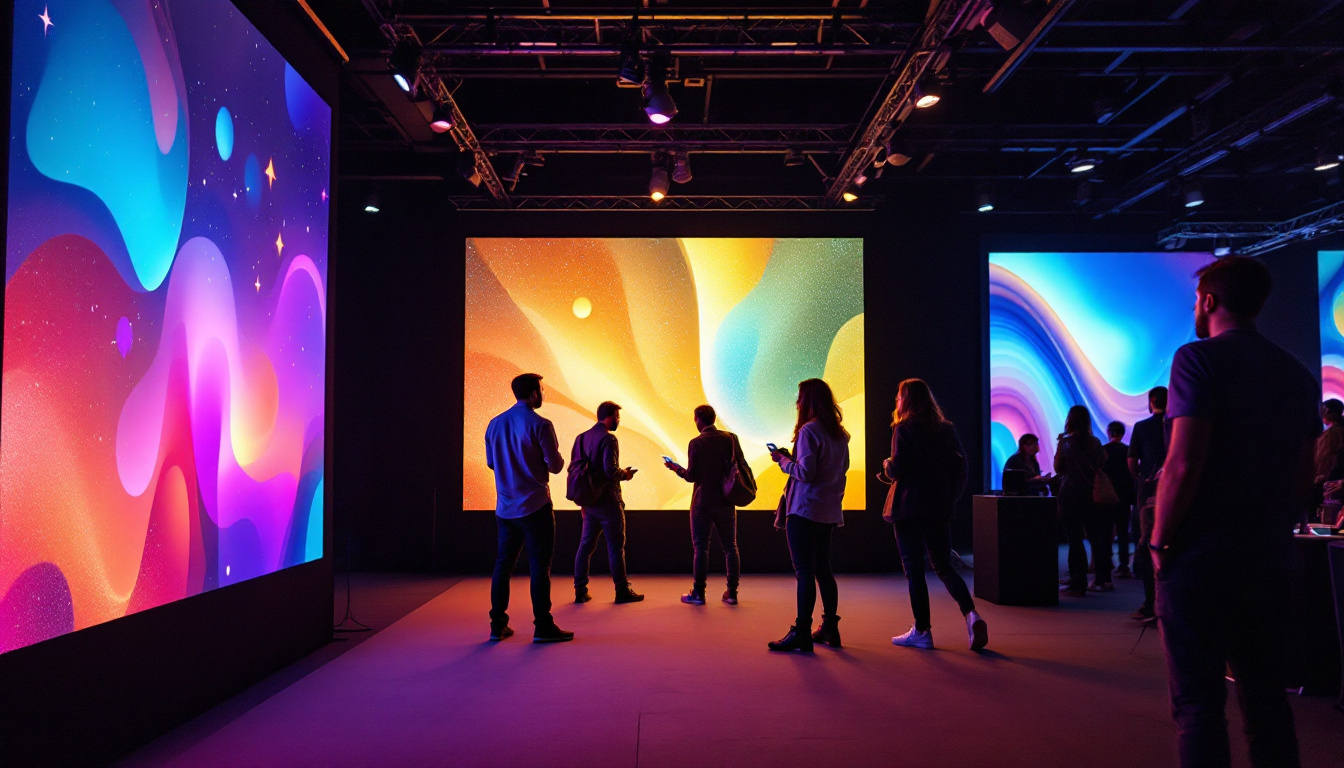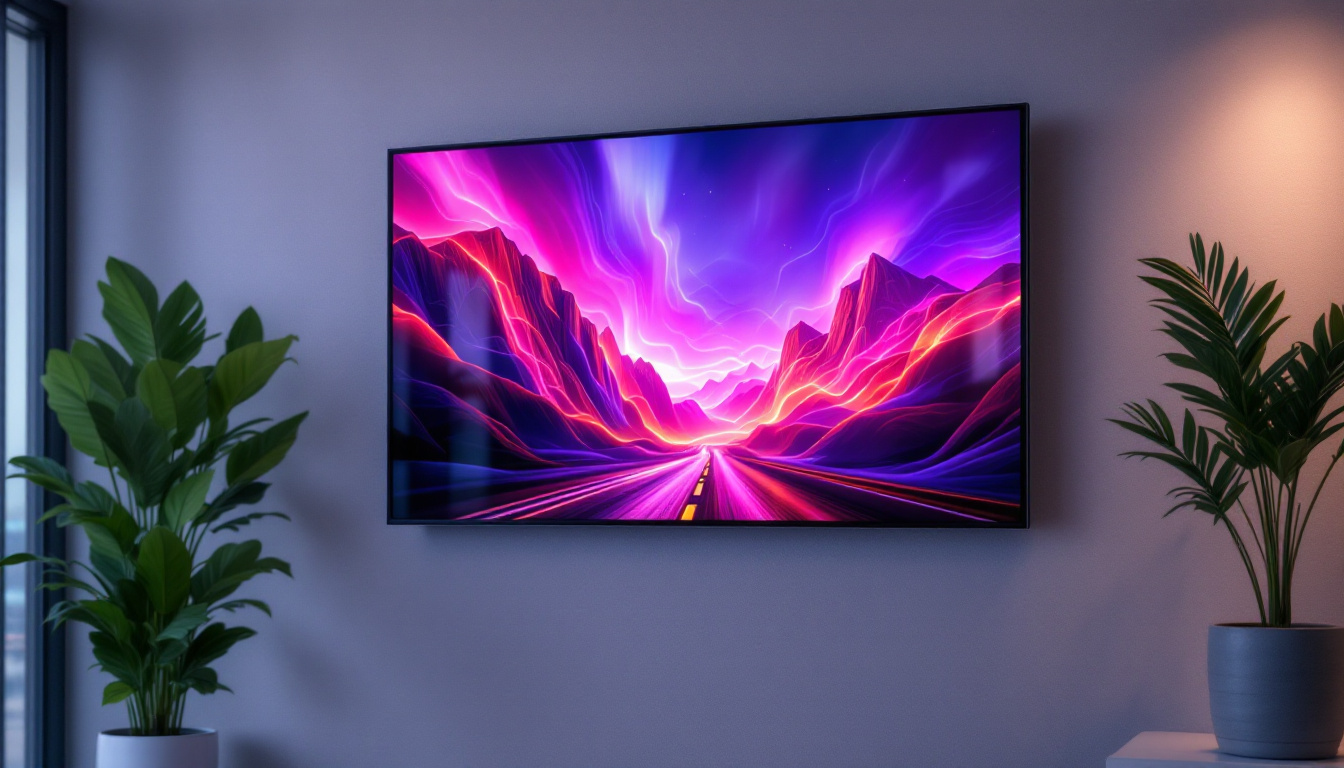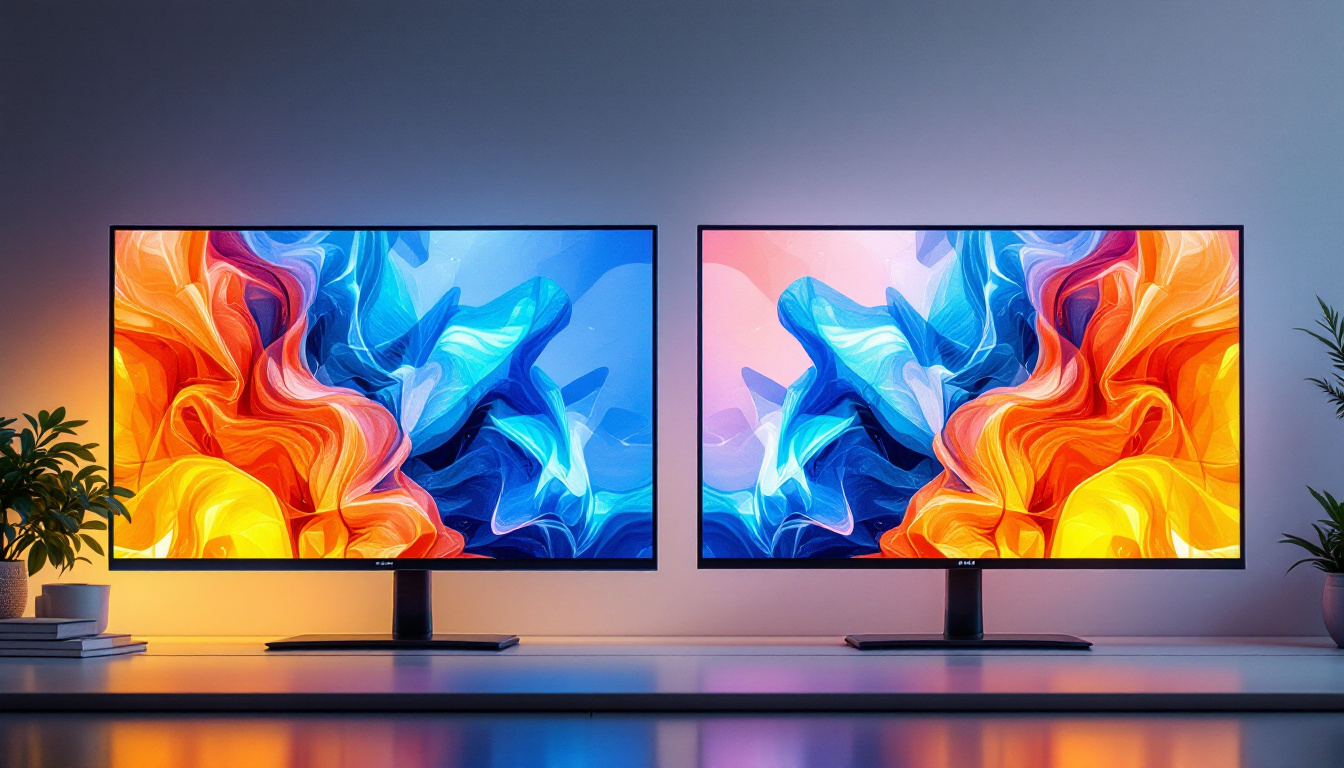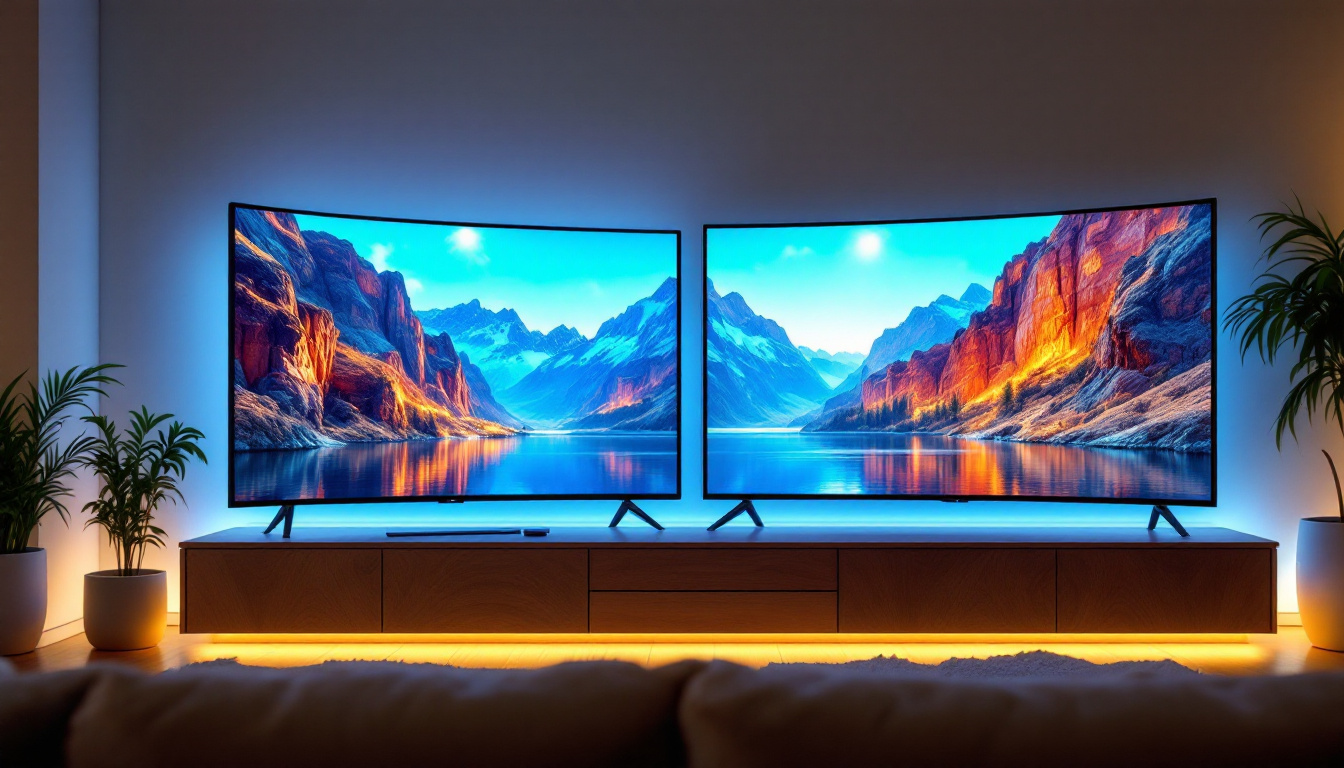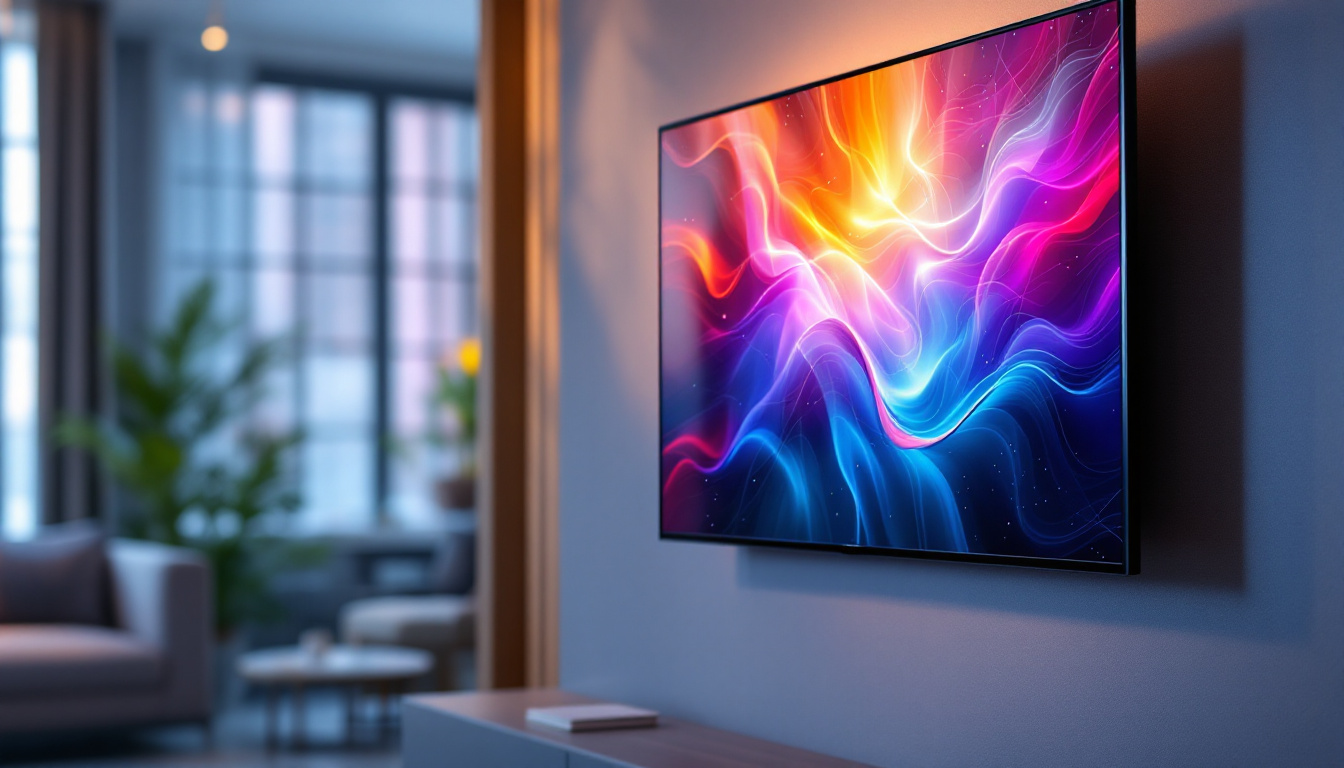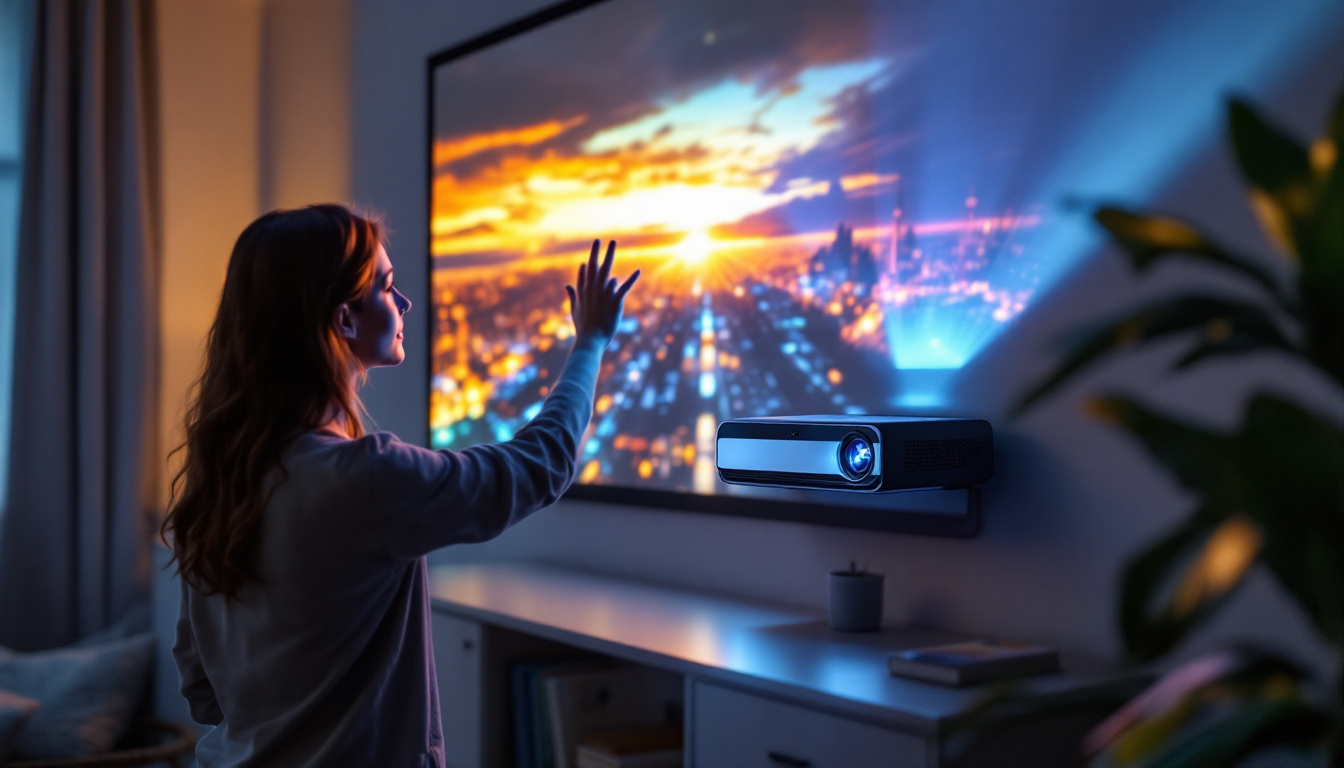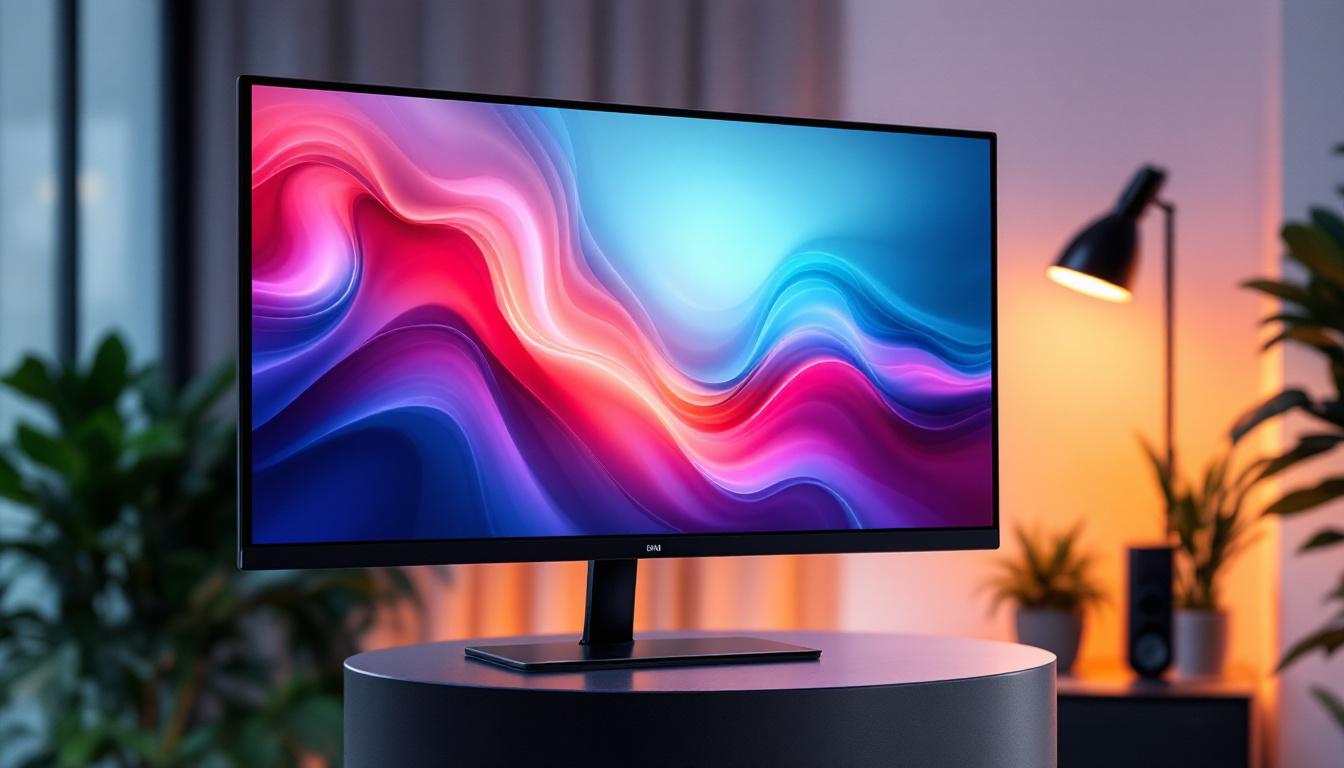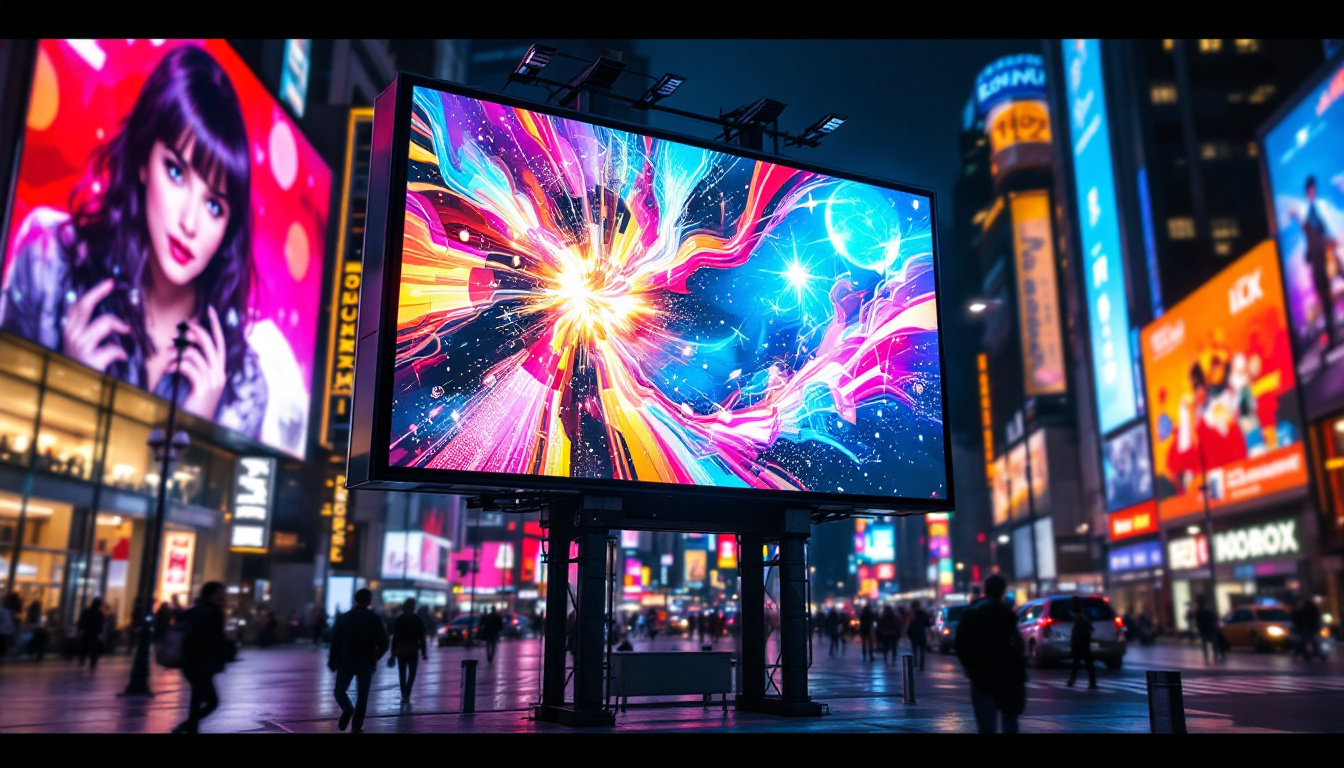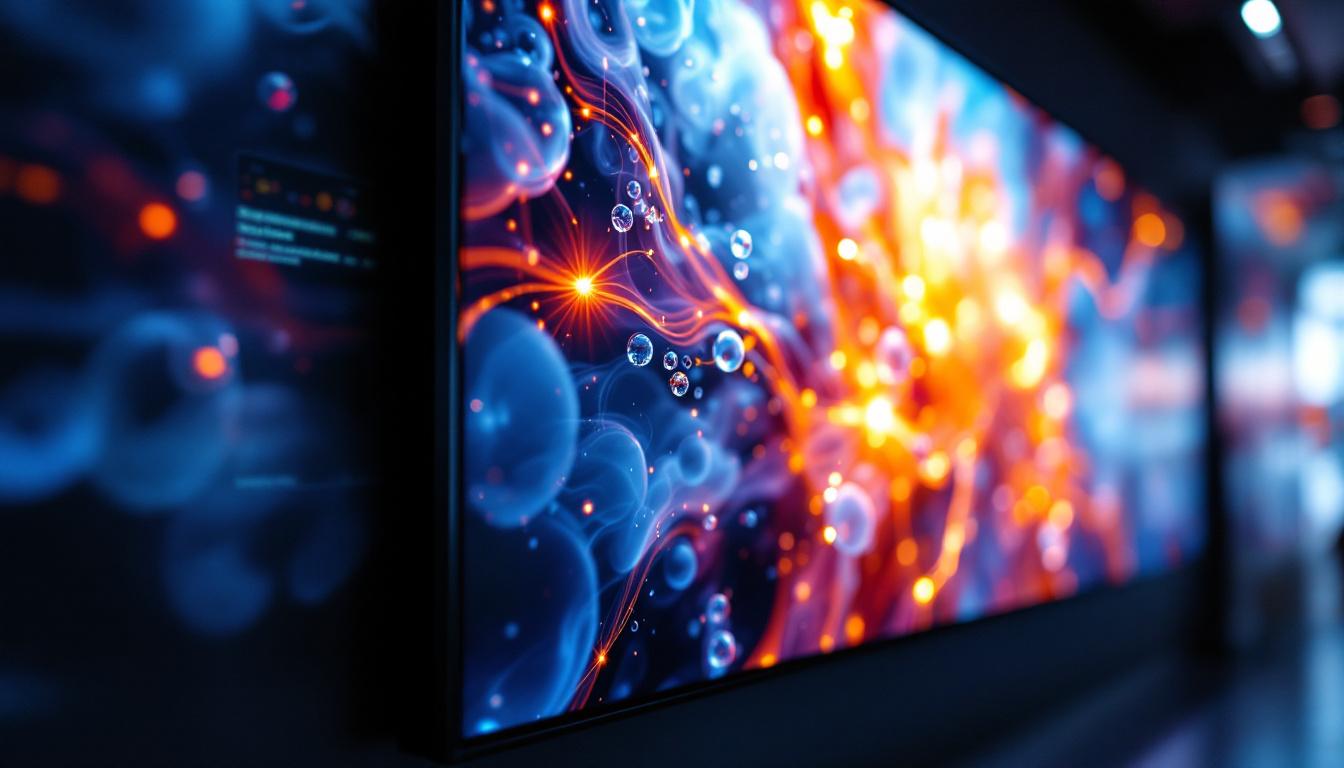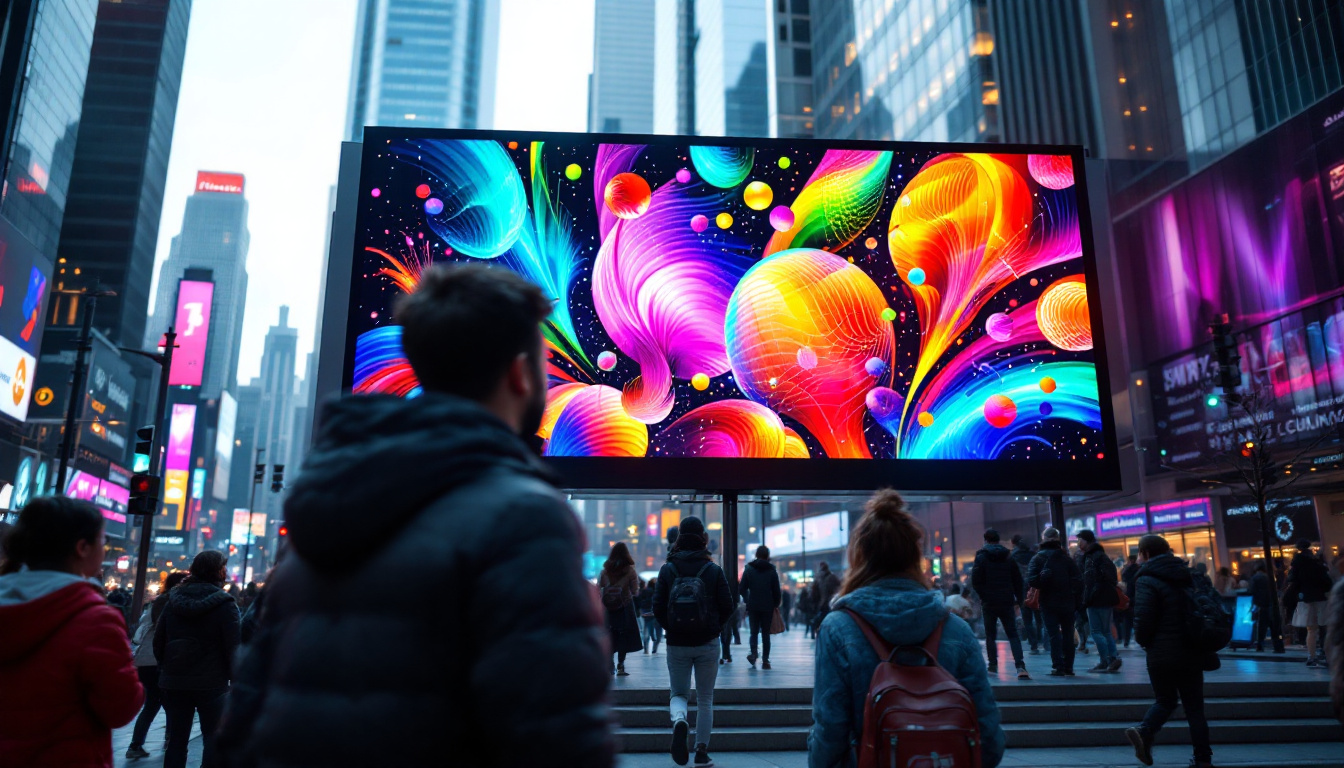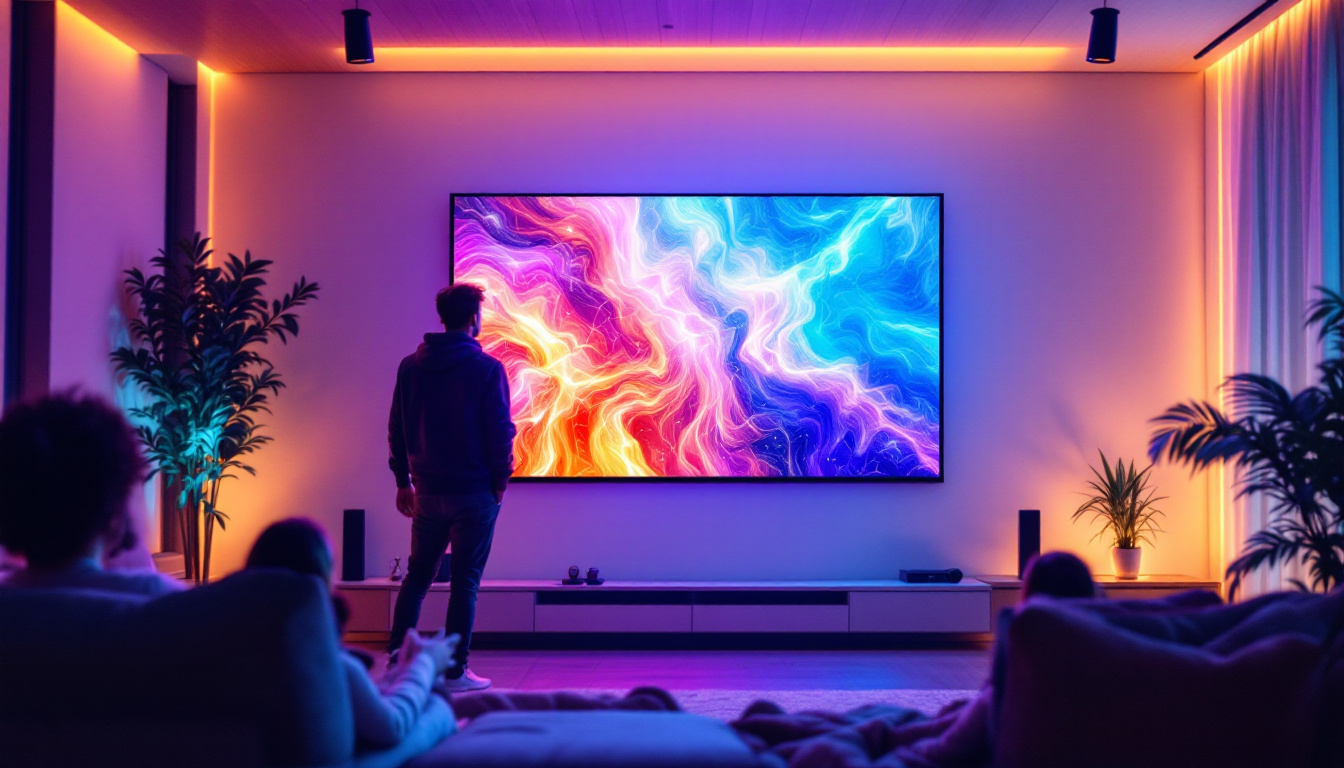The world of LED displays is vast and complex, with numerous technical specifications that contribute to the overall quality of the visual experience. Among these specifications, contrast range plays a pivotal role in determining how images and videos appear on screens. This article delves into the concept of contrast range in LED displays, exploring its significance, the factors that influence it, and how it impacts the viewer’s experience.
Understanding Contrast Range
At its core, contrast range refers to the difference between the darkest and lightest parts of an image displayed on a screen. It is a critical measure that affects the depth, clarity, and vibrancy of visuals. A higher contrast range allows for more distinct differentiation between shades, enhancing the overall image quality. This concept is not only relevant in photography and videography but also plays a significant role in fields such as art, where the interplay of light and shadow can evoke emotions and set the mood of a piece.
Defining Contrast Ratio
The contrast ratio is a numerical representation of contrast range, typically expressed as a ratio such as 1000:1. This means that the brightest white is 1000 times brighter than the darkest black. A higher contrast ratio indicates a greater ability to display a wider range of colors and shades, which is essential for creating lifelike images. This numerical value is not just a technical specification; it can profoundly influence the viewer’s perception and engagement with the content being displayed.
For example, a display with a contrast ratio of 2000:1 will produce deeper blacks and brighter whites than one with a ratio of 1000:1. This difference significantly impacts the viewing experience, particularly in dark scenes or images with subtle gradations of color. In cinematic presentations, for instance, the ability to portray nuanced shadows and highlights can enhance storytelling, drawing the audience deeper into the narrative.
Importance of Contrast Range in LED Displays
Contrast range is crucial for several reasons. Firstly, it enhances the visual appeal of content. high contrast makes images pop, providing a more immersive experience for viewers. This is particularly important in applications such as gaming, movies, and graphic design, where detail and color accuracy are paramount. In gaming, for instance, a high contrast range can give players a competitive edge by allowing them to spot enemies hiding in shadows or to appreciate the intricate details in a beautifully rendered environment.
Secondly, contrast range affects readability. In environments with varying lighting conditions, such as offices or outdoor settings, a display with a high contrast range ensures that text and images remain clear and legible. This is vital for applications like digital signage, where information needs to be conveyed quickly and effectively. Moreover, in educational settings, high contrast displays can enhance learning by making text and diagrams more accessible to students, thereby improving comprehension and retention of information. The importance of contrast range extends beyond aesthetics; it is a fundamental aspect of effective communication through visual media.
Factors Influencing Contrast Range
Understanding the factors that influence contrast range can help consumers make informed decisions when purchasing LED displays. Several key elements come into play, including panel technology, backlighting, and ambient light conditions.
Panel Technology
The type of panel technology used in LED displays significantly impacts contrast range. Common technologies include LCD, OLED, and Mini-LED. Each has its strengths and weaknesses regarding contrast performance.
For instance, OLED panels are renowned for their exceptional contrast ratios due to their ability to turn off individual pixels completely, resulting in true blacks. In contrast, traditional LCD panels rely on backlighting, which can lead to light bleed and reduced contrast in darker scenes.
Backlighting Techniques
Backlighting is another critical factor that influences contrast range in LED displays. Different backlighting techniques, such as edge-lit and full-array local dimming, can affect how light is distributed across the screen.
Full-array local dimming, for example, allows for specific areas of the screen to be dimmed or brightened independently, enhancing the overall contrast range. This technique can significantly improve the depth of blacks and the brightness of whites, making it a preferred choice for high-end displays.
Ambient Light Conditions
The environment in which an LED display is used can also affect perceived contrast range. In brightly lit rooms, reflections and glare can diminish the visibility of darker colors, making it challenging to appreciate the full contrast range.
To counteract this, many displays come with anti-glare coatings or enhanced brightness settings, allowing for better performance in various lighting conditions. Understanding these environmental factors is essential for optimizing the viewing experience.
Measuring Contrast Range
Measuring contrast range involves a combination of technical specifications and practical assessments. Various tools and methodologies are employed to evaluate a display’s performance accurately.
Measurement Tools
Professional calibration tools, such as colorimeters and spectrophotometers, are commonly used to measure contrast ratios. These devices can assess the brightness of white and black levels, providing precise data on a display’s performance.
For consumers, however, contrast range can often be evaluated subjectively through hands-on testing. Observing how a display performs with different types of content—such as dark movies or vibrant graphics—can provide valuable insights into its contrast capabilities.
Practical Testing
In addition to technical measurements, practical testing is crucial for assessing contrast range. Viewing a range of content, from high-definition films to video games, allows users to gauge how well a display handles different lighting conditions and color variations.
Many retailers provide demo units that allow potential buyers to experience the display’s performance firsthand. This can be an invaluable opportunity to evaluate contrast range in real-world scenarios.
Impact of Contrast Range on Viewer Experience
The impact of contrast range on viewer experience cannot be overstated. It influences not only aesthetic appeal but also the emotional response elicited by visual content.
Enhancing Visual Storytelling
In film and television, contrast range plays a vital role in visual storytelling. Directors and cinematographers often use contrast to evoke specific moods and emotions. High contrast can create tension and drama, while softer contrasts may convey warmth and intimacy.
For instance, a suspenseful scene may utilize stark contrasts to heighten anxiety, while a romantic moment might employ softer tones to create a sense of comfort. The ability of a display to reproduce these nuances accurately is crucial for an engaging viewer experience.
Influencing Color Perception
Contrast range also affects color perception. A display with a limited contrast range may struggle to accurately reproduce vibrant colors, leading to a washed-out appearance. In contrast, a high-contrast display can showcase a broader spectrum of colors, enhancing the richness and depth of the viewing experience.
This is particularly important in fields such as graphic design and photography, where color accuracy is essential. Designers and artists rely on displays that can faithfully reproduce their work, making contrast range a critical consideration.
Choosing the Right LED Display
When selecting an LED display, understanding contrast range is fundamental. Several factors should be taken into account to ensure the chosen display meets specific needs and preferences.
Application Considerations
The intended application of the display significantly influences the required contrast range. For example, a display used for gaming may benefit from a higher contrast ratio to enhance the visual experience and detail in dark scenes.
Conversely, a display for office use may prioritize readability and brightness over extreme contrast. Understanding the primary use case can guide consumers in selecting the most suitable display technology.
Budget and Technology Trade-offs
Budget is another critical factor when choosing an LED display. Higher-end technologies, such as OLED or Mini-LED, typically offer superior contrast ranges but come at a premium price. Consumers must weigh the benefits of enhanced contrast against their budget constraints.
It’s essential to consider that while a higher contrast range can significantly enhance the viewing experience, other factors such as resolution, refresh rate, and color accuracy should also be evaluated to ensure a well-rounded selection.
The Future of Contrast Range in LED Displays
The future of contrast range in LED displays looks promising, with ongoing advancements in technology paving the way for even greater improvements. Innovations in panel design, backlighting techniques, and processing capabilities are all contributing to enhanced performance.
Emerging Technologies
Emerging technologies such as MicroLED and Quantum Dot displays are set to revolutionize the industry. MicroLED technology, in particular, promises to deliver exceptional contrast ratios and color accuracy by utilizing microscopic LEDs that can be individually controlled.
Quantum Dot technology enhances color reproduction and brightness, further improving contrast range. As these technologies become more mainstream, consumers can expect to see even more impressive visual experiences from LED displays.
Environmental Considerations
As environmental concerns grow, manufacturers are also focusing on creating more energy-efficient displays without compromising on contrast range. This shift towards sustainability may lead to innovative solutions that enhance performance while reducing energy consumption.
Incorporating eco-friendly materials and production methods will not only benefit the environment but also potentially improve the overall quality of LED displays, including their contrast capabilities.
Conclusion
Contrast range is a fundamental aspect of LED displays that significantly influences the quality of the visual experience. Understanding its importance, the factors that affect it, and how to measure it can empower consumers to make informed decisions when selecting displays for various applications.
As technology continues to evolve, the future of contrast range in LED displays looks bright, promising enhanced performance and richer viewing experiences. Whether for professional use or personal enjoyment, investing in a display with a superior contrast range can transform the way content is experienced, making it a vital consideration for anyone in the market for a new screen.
Discover the Future of Visual Experience with LumenMatrix
Ready to elevate your visual storytelling and captivate your audience with unparalleled clarity and depth? Look no further than LumenMatrix, the forefront innovator in LED display technology. Our extensive range of solutions, from Indoor and Outdoor LED Walls to Custom and All-in-One LED Displays, is designed to transform your visual communication and engage viewers like never before. Don’t miss out on the opportunity to revolutionize your space with our cutting-edge displays. Check out LumenMatrix LED Display Solutions today and step into the future of vibrant, high-contrast visual experiences.


